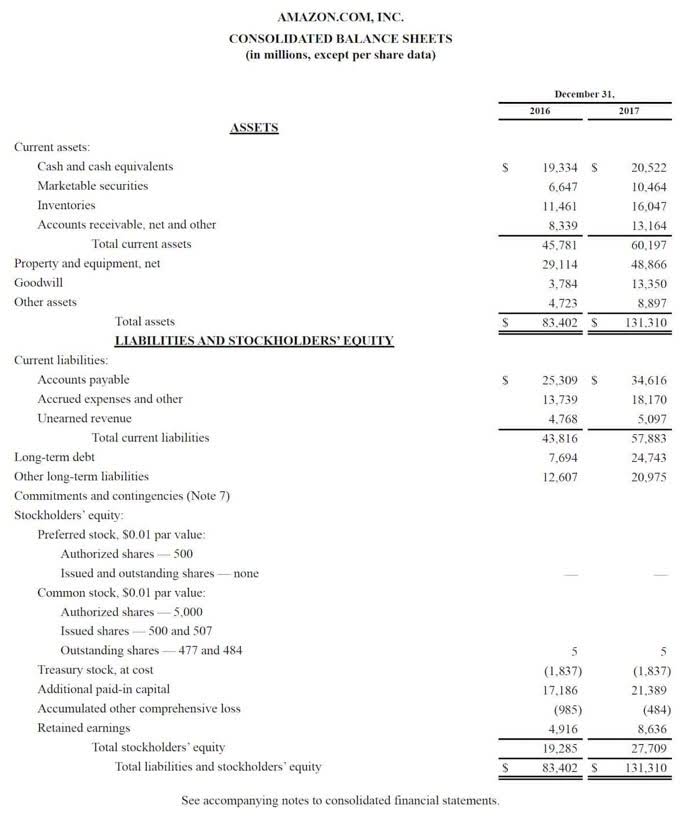What Changes in Working Capital Formula + Calculator

Every business enterprise extensively uses this metric to understand the economic or financial condition of the enterprise. If a company’s owners invest additional cash in the company, the cash will increase the company’s current assets with no increase in current liabilities. The final net working capital figure, in this case, $405,000, provides valuable insights into your business’s financial condition. A positive net working capital indicates that your business is in good financial shape and can invest in growth and expansion.
Why did I see a negative change in working capital?
- Otherwise, the rest of working capital should be excluded from owner earnings.
- My problem was that I was looking at the numbers too much without seeing the entire picture of cash flow.
- Backed by 2,700+ successful finance transformations and a robust partner ecosystem, HighRadius delivers rapid ROI and seamless ERP and R2R integration—powering the future of intelligent finance.
- If the Net Working capital increases, we can conclude that the company’s liquidity is increasing.
- Expanding without taking on new debt or investors would be out of the question and if the negative trend continues, net WC could lead to a company declaring bankruptcy.
- On the other hand, an increase in current operating liabilities, like accounts payable (AP), indicates delayed payments to suppliers/vendors, which temporarily retains cash within the company.
- It’s the money you use for your everyday operations – paying suppliers, covering payroll, managing inventory, and handling other short-term expenses.
Particularly, it may overestimate free cash flow for firms with large capital expenditures or significant changes in working capital, as it does not directly account for these cash flows in the initial EBITDA figure. It’s also important to consider all non-cash expenses, not just D&A, as the formula suggests. Forecast the future revenue growth and estimate the corresponding changes in working capital based on the historical relationship determined in step a. The change in net working capital is pivotal for managing liquidity, strategic planning, and operational management.

Part 6: Wait, Why Don’t the Cash Flow Statement and Balance Sheet Figures Match?!!
- Free cash flow (FCF) measures a business’s cash from operations minus its capital expenditures.
- Since the company is holding off on issuing payments, the increase in payables and accrued expenses tends to be perceived positively.
- The working capital metric is relied upon by practitioners to serve as a critical indicator of liquidity risk and operational efficiency of a particular business.
- The interpretation of either working capital or net working capital is nearly identical, as a positive (and higher) value implies the company is financially stable, all else being equal.
- If the change in working capital is negative, it means that the change in the current operating liabilities has increased more than the current operating assets.
- Working capital is calculated from the assets and liabilities on a corporate balance sheet, focusing on immediate debts and the most liquid assets.
- To account for taxes in a manner reflecting the firm’s operations without interest expenses, taxes are applied to EBIT as if no interest were paid, leading to a hypothetical after-tax operating income.
The adjustment for changes in net working capital (NWC) is crucial in calculating free cash flow to the firm (FCFF), as it reflects the cash implications of managing short-term assets and liabilities. Specifically, the focus on non-cash NWC changes within the FCFF formula evaluates the company’s utilization of non-cash assets for operational funding and covering short-term debts. This article will show you how to calculate and interpret free cash flow to the firm (FCFF), also known as unlevered free cash flow (UFCF). It’s useful for analyzing past performance, comparing companies, and for valuations, especially for projecting future cash flows in discounted cash net working capital flow (DCF) models. Working capital refers to the difference between a company’s current assets and current liabilities and is a measure of the operational liquidity required to fund day-to-day operations. Both positive and negative changes in working capital will affect your business.
How to Calculate and Analyze Warren Buffett’s Owners Earnings

• Net working capital (NWC) is the difference between a company’s current assets and current liabilities. Software companies generally tend to have a positive change in working capital cash flow because they do not have to maintain an inventory before selling the product. It means that it can generate revenue without increasing current liabilities.
How to Interpret Negative Net Working Capital

A better definition is Current Operational Assets minus Current Operational Liabilities, which means you exclude items like Cash, Debt, and Financial Investments. In 3-statement models and other financial models, you often project the Change in Working Capital based on a percentage of Revenue or the Change in Revenue. In this tutorial, you’ll learn about Working Capital and the Change in Working Capital in valuations and financial models – what they mean, how to project these items, and how to check your work. Including acquisitions (-$1,670M for FY 2023) in the CapEx calculation results in a total outflow of -$29,777M (-$28,107M + -$1,670M). At Wizenius, we offer competitive pricing, making quality education affordable and accessible to all aspiring professionals. Led by editor-in-chief, Kimberly Zhang, our editorial staff works hard to make each piece of content is to the highest standards.
Improve Inventory Management

It shows how efficiently a company manages its short-term resources to meet its operational needs. Positive change indicates improved liquidity, while negative change how is sales tax calculated may signal financial difficulties. FCFF, or unlevered free cash flow (UFCF), represents the total cash flows available to both equity investors and lenders. It includes cash from operations after covering operating expenses and investments, but before any debt payments. This measure provides a comprehensive view of the cash generated by the firm’s core operations available for expansion, debt repayment, or distributions to shareholders, without the impact of debt financing.
Working Capital Ratio

An important measurement of your business’s financial health and liquidity, working capital shows whether you are able to cover all of your expenses in the near future. Because of this, any decrease or increase in working capital is worth paying close attention to. What’s even more important is understanding the root cause of these working capital changes so you know where to make adjustments. Investors can also see the usefulness of NWC in calculating the free cash flow to firm and free cash flow to equity. But if there is an increase in the net working capital adjustment, it isn’t considered positive; rather, it’s called negative cash flow. And then, we need to Bookkeeping for Etsy Sellers find the difference between the current assets and the current liabilities as per the net working capital equation.
